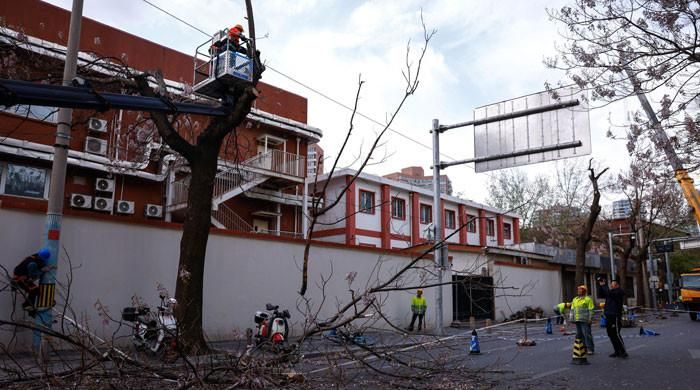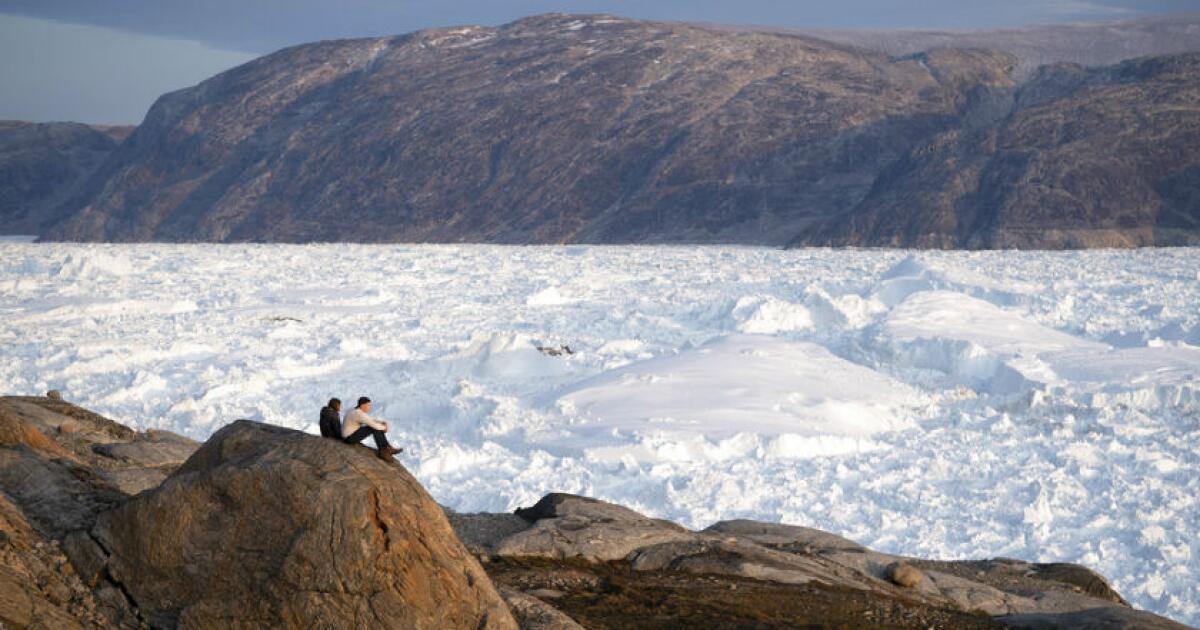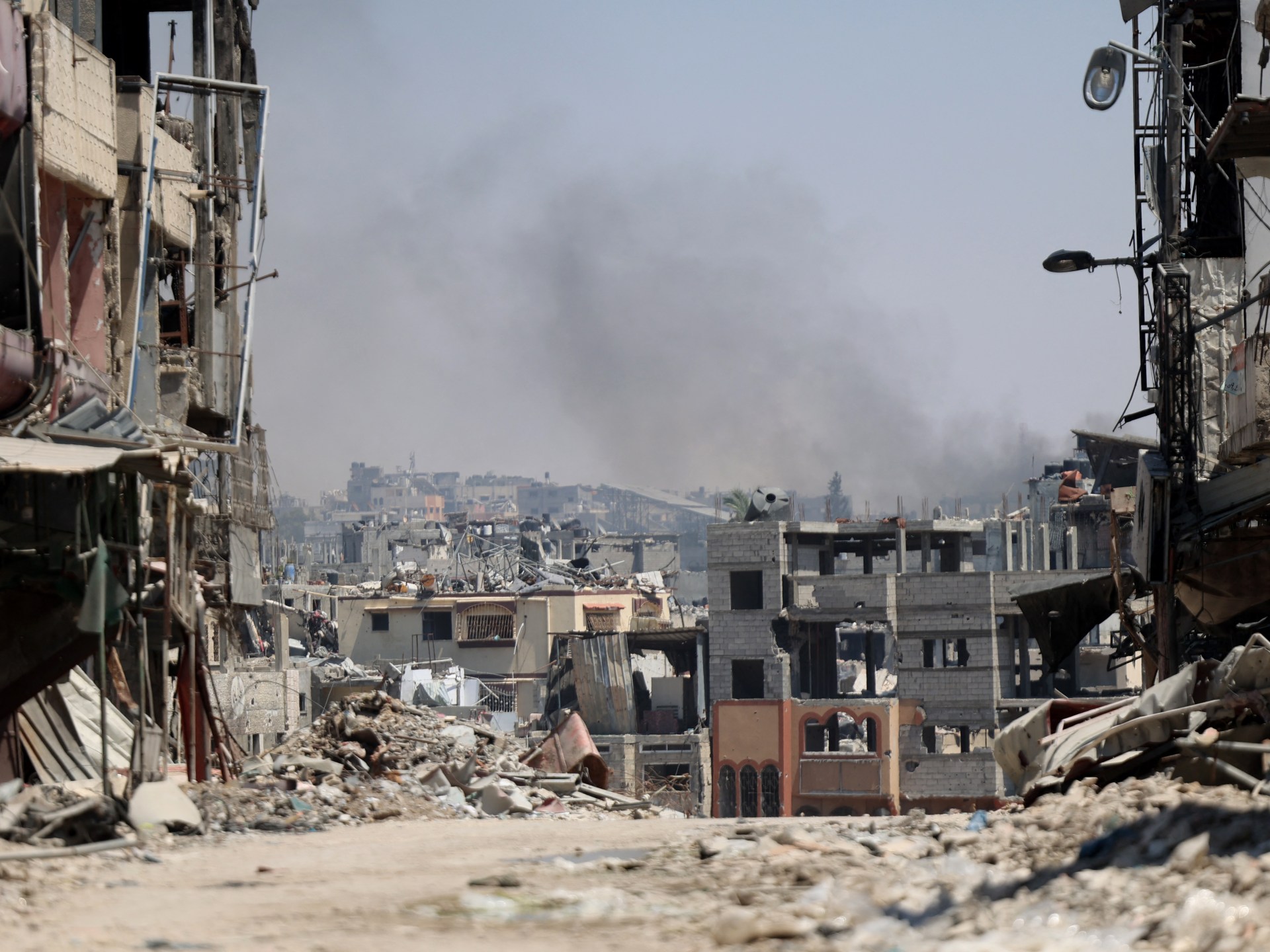Beijing: The capital of China bent down on Saturday when the rare winds of typhons swept the northern regions, forcing the closure of historical sites and interrupting trips while bringing snowfalls and late stone showers in some areas.
The windows shook and the trees collided on trails and cars, shaken by wind bursts driven by a cold vortex of neighboring Mongolia that sent temperatures fell.
The winds, which began on Friday, will continue during the weekend, packing bursts up to 150 kph (90 mph), the official Xinhua The news agency said. They brought late snowfalls in interior and hailing Mongolia in southern China.
Beijing issued its second highest Gale alert this weekend, for the first time in a decade, warning 22 million residents that avoid non -essential trips, since the winds could break the April records dating from 1951.
After previous warnings, some residents said they were very nervous but still managed to move.
“It was not as severe as I had imagined, not to the point that it was impossible to leave, although it is having an impact on daily life,” said the 30 -year -old local resident, Li signed.
At 2pm (0600 GMT), the winds had carved 703 trees in Beijing, while 693 flights had been canceled in the two International Beijing airports: Beijing Capital and Beijing Daxing, state media reported.
The winds dominated the chats of social networks, and many people express concern for workers in food delivery that challenge conditions.
“In a climate like this, we can choose not to ask for delivery, it is too difficult for them,” wrote a Weibo user.
The winds forced the postponement of a half marathon established for Sunday with humanoid robots that compete with humans in an attempt to show China's technological advances.
The sand storms extend during a section from internal Mongolia to the Yangtze river region, the road trips said in eight provinces, Xinhua said and the state station CCTV.
The sand storms were expected to affect Shanghai from Saturday afternoon until Sunday morning.
The strong winds that bring sand and mongolia dust are routine in spring, but climate change has made climatic events more extreme.












